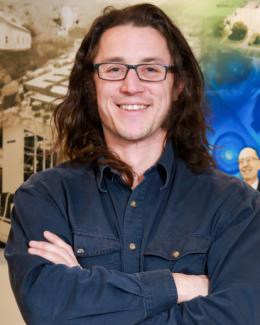Scientists assessed the many interrelated processes that determine how plants respond to increases in atmospheric carbon dioxide and how that might change in the future. Credit: Dobie Gillispie/ORNL, U.S. Dept. of Energy
Diverse evidence shows that plants and soil will likely capture and hold more carbon in response to increasing levels of carbon dioxide in the atmosphere, according to an analysis published by an international research team led by Oak Ridge National Laboratory.
But that change in land-based carbon storage, called the terrestrial sink, is likely to slow in the future, allowing more carbon dioxide to build in the atmosphere and accelerating the pace of environmental change.
More than 60 scientists integrated evidence from experiments, remote sensing, forest inventories and other sources to improve understanding of the interrelated processes that influence carbon storage. Building this scientific consensus began with a workshop in 2018.
“Bringing together experts with this breadth of experience was critical in tackling these complex questions,” said ORNL’s Anthony Walker, who led the workshop. “Tying the many lines of evidence together using a systems approach and a standard metric for CO2 response provided great insights into what we know and where additional data are needed.”






